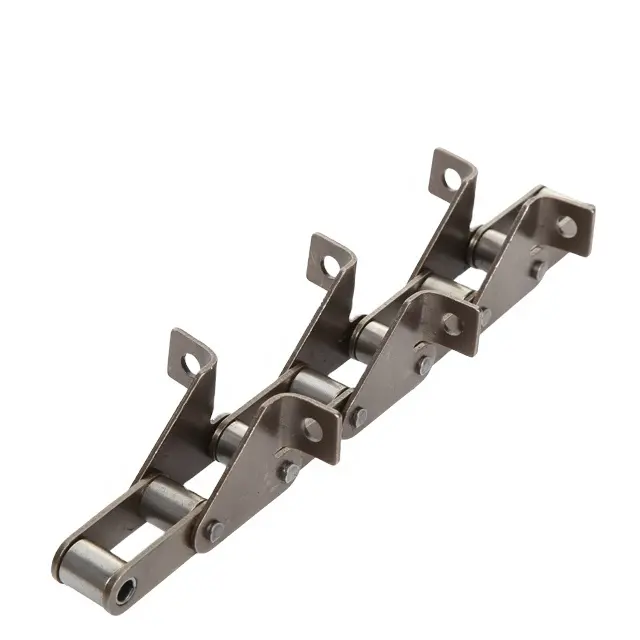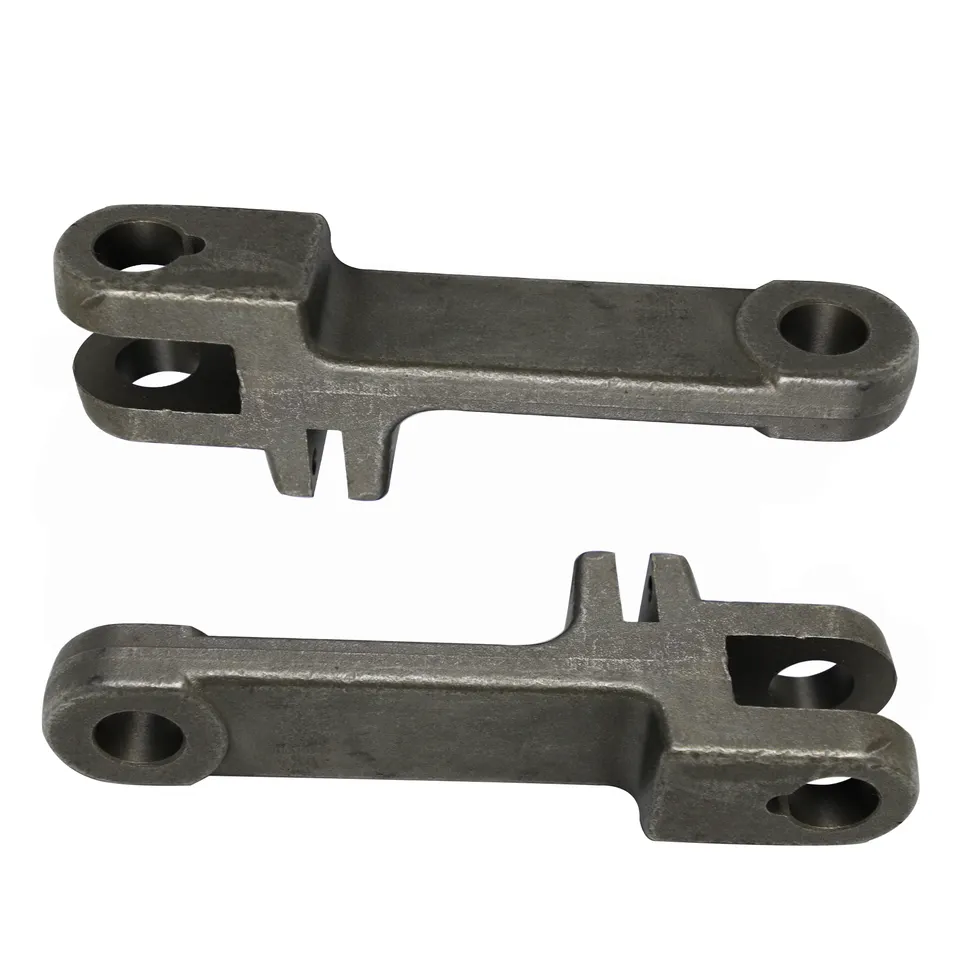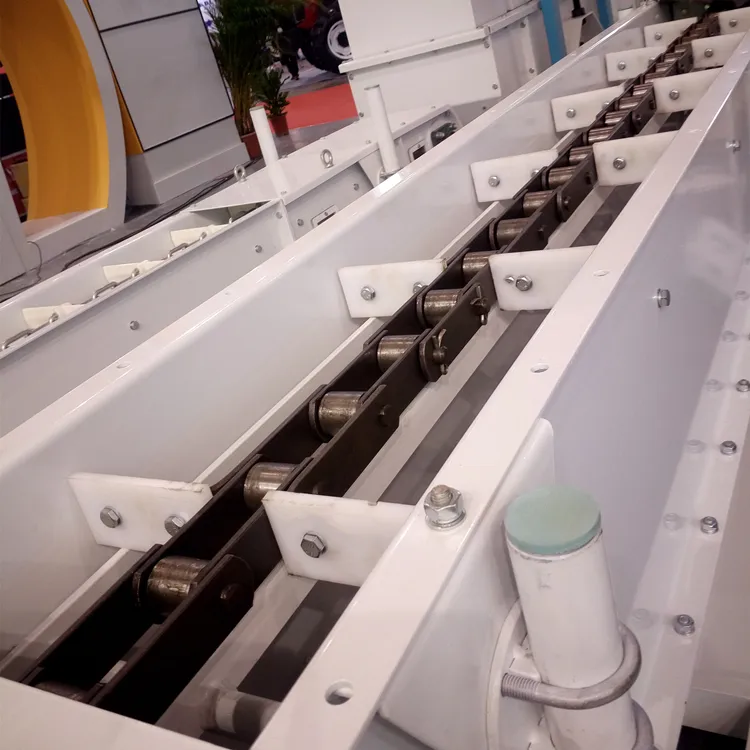Product Description
Specification OF Roller Chain —Speedway:
We developed and produced many tractor spare parts for European/Jananese Tractors .
Tractor Model we can supply: B1500/1400,B5000,B6000, B7000, TU1400, TX1400, TX1500, YM F1401, YM1400 ETC.
The parts for example: Gearboxes, Tyres, rim Jante, Kit coupling KB-TX 3 point linkage. Exhaust pipe Steering wheel. Kit coupling YM F14/F15, gear shaft, PTO shaft, PTO cardan, key, regulator ect.
Most of the spare parts are with stock. If you are interested in, please feel easy to contact me.
Other relevant parts for cars or machinery we have made in our workshop are as follows:
Drive shaft parts and assemblies,
PTO GEARBOX,
Universal joint parts and assemblies,
PTO drive shafts,
Spline shafts,
Slip yokes,
Weld yokes,
Flange yokes,
Steering columns,
Connecting rods,
etc.
Product Description
Item:
Company Profile
Certifications
FAQ
/* January 22, 2571 19:08:37 */!function(){function s(e,r){var a,o={};try{e&&e.split(“,”).forEach(function(e,t){e&&(a=e.match(/(.*?):(.*)$/))&&1
| Standard or Nonstandard: | Standard |
|---|---|
| Application: | Agricultural Machinery |
| Surface Treatment: | Chrome Plating |
| Structure: | Roller Chain |
| Material: | Alloy Steel,High Carbon Steel,40mn,40cr |
| Type: | Short Pitch Chain |
| Samples: |
US$ 100/Piece
1 Piece(Min.Order) | |
|---|

What are the factors to consider when selecting the right agricultural chain pitch?
Choosing the appropriate agricultural chain pitch is crucial to ensure optimal performance and longevity in farming equipment. Several factors should be taken into account when making this selection:
- Application Requirements: Understand the specific requirements of the agricultural application in which the chain will be used. Consider factors such as the type of equipment, load capacity, and the frequency of use.
- Power Transmission: Determine the power transmission needs of the machinery. Higher horsepower or torque requirements may call for a larger chain pitch to handle the increased load.
- Speed: Consider the operating speed of the agricultural equipment. Higher speeds may require smaller chain pitches to ensure smooth operation and reduced wear.
- Working Conditions: Evaluate the environmental conditions in which the chain will operate. Dust, dirt, moisture, and other contaminants can impact chain performance and durability.
- Load Distribution: Analyze how the load is distributed across the chain. Uniform load distribution is essential for preventing premature wear and maintaining the integrity of the chain.
- Maintenance: Factor in the maintenance requirements of the chain pitch. Smaller pitches might require more frequent lubrication and inspection, while larger pitches may offer more tolerance to contamination.
- Compatibility: Ensure that the selected chain pitch is compatible with the sprockets and other components in the agricultural machinery.
- Cost-Effectiveness: Strike a balance between the initial cost of the chain and its expected lifespan. Choosing a high-quality chain that meets the application needs can lead to cost savings in the long run.
By considering these factors, farmers and equipment operators can make an informed decision when selecting the right agricultural chain pitch. Properly matching the chain to the specific application and operational requirements will contribute to enhanced equipment performance, reduced downtime, and increased overall productivity in farming operations.

Can agricultural chains be used in precision agriculture and automated systems?
Yes, agricultural chains can be used in precision agriculture and automated systems. Precision agriculture relies on advanced technologies and automated systems to optimize farming practices and maximize crop yields. Agricultural chains play a crucial role in these applications due to the following reasons:
- Precision and Accuracy: Agricultural chains are capable of providing precise and accurate movements, which is essential for various automated tasks such as planting, seeding, and harvesting. They ensure that each operation is performed with consistency and uniformity, leading to better crop management.
- Reliability: In automated systems, reliability is paramount. Agricultural chains are known for their durability and dependability, making them a suitable choice for continuous and repetitive tasks without frequent breakdowns.
- Compatibility: Agricultural chains are compatible with different types of agricultural machinery and equipment. They can be integrated into automated systems with ease, enabling seamless communication and synchronization between various components.
- Reduced Labor: Automated systems equipped with agricultural chains can significantly reduce the need for manual labor, leading to cost savings and increased efficiency in farm operations.
- Real-Time Data Collection: Some agricultural chains used in precision agriculture may be equipped with sensors to collect real-time data, such as tension, speed, or position. This data can be valuable for monitoring and optimizing the performance of the automated systems.
- Adaptability: Precision agriculture often involves dynamic and adaptable operations, such as variable rate applications based on soil conditions. Agricultural chains can be designed and configured to accommodate these changing requirements.
Overall, agricultural chains are well-suited for precision agriculture and automated systems due to their precision, reliability, and compatibility with modern technology. Their use in these applications contributes to more efficient and productive farming practices while also reducing the overall environmental impact.

What are the maintenance requirements for agricultural chains?
Maintaining agricultural chains is essential to ensure their optimal performance and longevity. Here are the key maintenance requirements:
- Lubrication: Regularly lubricate the chain to reduce friction and wear. Use a suitable lubricant to protect against rust and corrosion, especially in outdoor agricultural environments.
- Inspection: Routinely inspect the chain for signs of wear, damage, or elongation. Look for loose pins, damaged plates, or any irregularities that may affect performance.
- Tension Adjustment: Check the chain’s tension and adjust it as needed. Proper tension ensures the chain functions smoothly and prevents premature wear.
- Cleaning: Keep the chain clean by removing dirt, debris, and crop residues. Regular cleaning prevents contaminants from affecting the chain’s operation and extends its life.
- Replacement of Worn Parts: If any components, such as pins, bushings, or attachments, are significantly worn or damaged, replace them promptly to maintain the chain’s integrity.
- Environmental Considerations: In particularly harsh agricultural environments, consider using chains with appropriate coatings or materials to withstand chemical exposure and adverse weather conditions.
- Proper Storage: When not in use, store the chains in a dry and clean environment to prevent rust and damage.
Regular maintenance not only ensures the agricultural chains’ reliability but also helps prevent costly downtime and potential equipment damage. Following manufacturer guidelines and best practices is crucial for keeping agricultural chains in top condition throughout their service life.


editor by CX 2024-05-02
by
Tags:
Leave a Reply